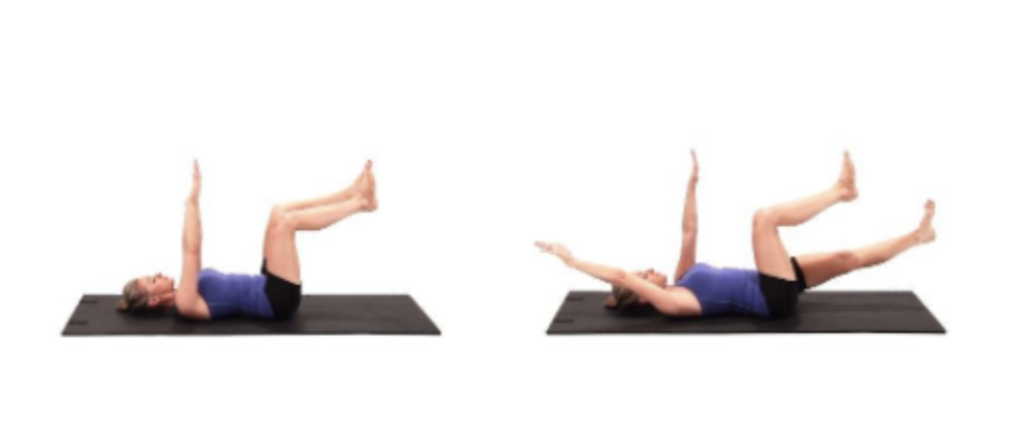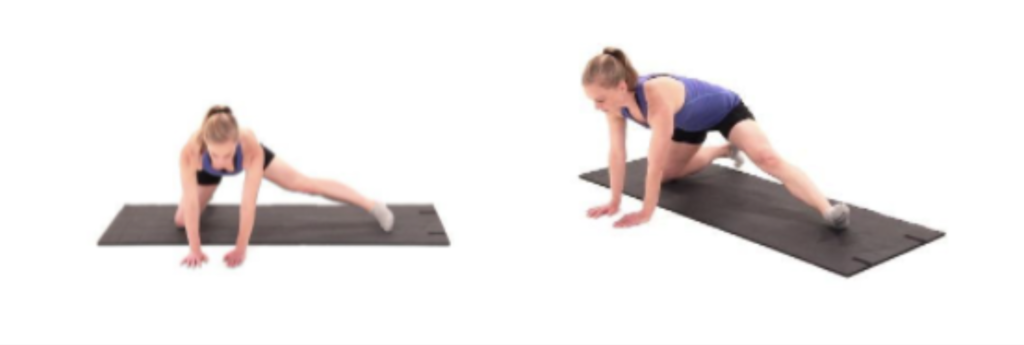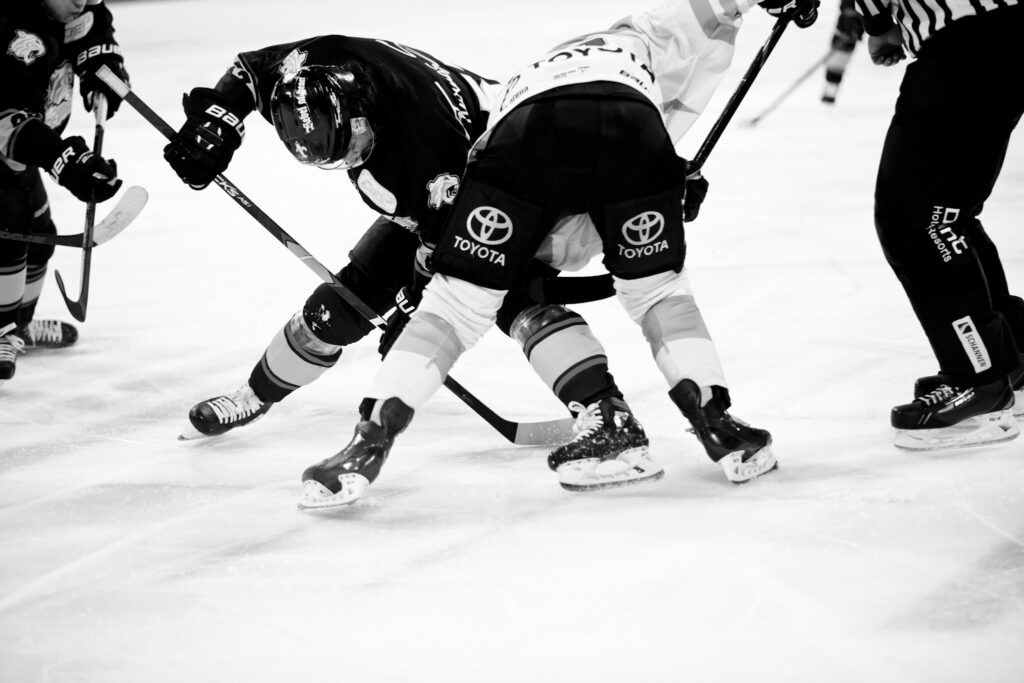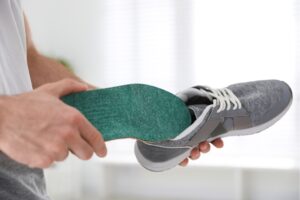Hockey is a fast moving, heavy-hitting sport, because of this many players have hip problems. Hip injuries are commonly found in hockey players because of the unnatural mechanics of skating. Hip bursitis, pointer injuries and hip impingements can be a result of hard falls, being hit into the boards and poor biomechanics. Another common ailment is strained hip flexors because they occur when cold muscles are repeatedly over stretched.
Common Risk Factors
Age: Studies have shown that 9 out of 10 hockey players in their teens have developed FAI (femoroacetabular impingement). This is structural issue regarding the hip bone and socket. It occurs when the ball of the hip pinches against the cup of the hip. FAI leads to cartilage damage, stiffness, pain and possibly arthritis. Teenagers who play high level hockey and train daily are extremely susceptible to this type of injury.
Time Loss: Hip problems often start as something small so we tend to not worry about it. The problem with this is that they often gradually get worse and lead to loss of ice time due to injury.
Treatment and Prevention
To reduce the chance of picking up a hockey related hip injury, it is important to build up the surrounding muscles. A study by the American Journal of Sports Medicine concluded that players’ likelihood of injury could be reduced by 17 times with the use of a hip and core strengthening program in preseason. Shown below are a few exercises to try:
Dead Bug
The dead bug exercise is heavily applicable and beneficial to hockey players. This exercise will strengthen the anterior core and in turn stabilize the lower back and hips while increasing range of motion. Dead bug is also great for correcting an excessive arch found in most all hockey players due to the traditional skating position. When performing dead bug, press your lower back flat against the floor and move your arms reciprocally while being sure to breathe. Do 10-20 reps each side. Repeat twice.

Groin Stretch
Hockey players often experience stiffness running down the inside of their legs. The kneeling adductor stretch can be utilized to stretch these muscles. Begin on all fours with your knees slightly wider than your pelvis. Extend one leg to your side and shift your hips back to feel the stretch. Find a spot where you feel a deep stretch and hold for 15 seconds. Repeat 5 times on each side.

Case Study
A study performed by Lund University in Sweden involving 333 high level hockey players showed the correlation between groin function and hip muscle strength. The subject’s arm is put between their ankles and they are instructed to squeeze their legs together for 5 seconds. They rank groin pain levels in a “traffic light” system. 0-2 meaning very little or no pain was green, 3-5 meaning mild pain was yellow and 6-10 meaning severe pain was a red light.
This test was further proven and tested by researchers from Copenhagen on soccer players. A similar result was shown in the 5 second squeeze test. A correlation between high levels on pain and limited hip strength was discovered.
References
Fields, A. (2021, November 8). How to prevent hockey related hip injuries. Complete Game Physical Therapy. Retrieved September 27, 2022, from https://completegamept.com/blog/prevent-hockey-related-hip-injuries
Lund University. “Groin and hips of hockey players examined in five-second test.” ScienceDaily. ScienceDaily, 25 March 2019. <www.sciencedaily.com/releases/2019/03/190325110240.html>.
Neeld, K., & Pollen, T. (2019, May 12). How to train around hip pain for hockey: Your off-season survival guide. DeanSomerset.com. Retrieved September 27, 2022, from https://deansomerset.com/how-to-train-around-hip-pain-for-hockey-your-off-season-survival-guide/



